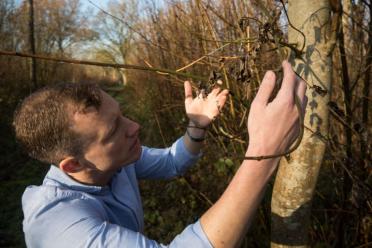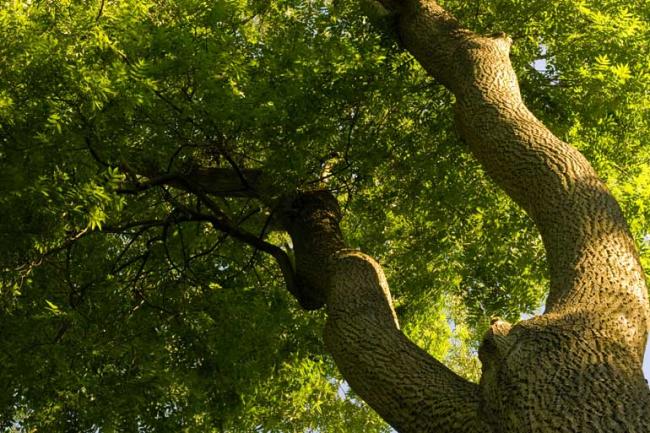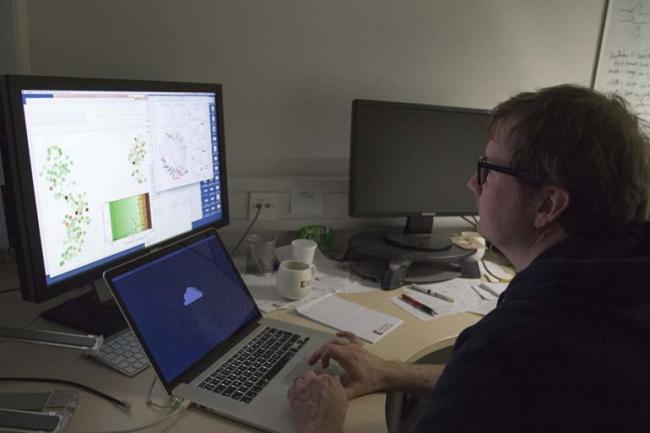
Ash dieback threatens 95% of all European ash trees and has already killed or severely damaged a quarter in southern Sweden and destroyed more than 80% of young ash trees in Norway.
“It’s incredible that from such limited genetic diversity the ash dieback fungus has already devastated trees across Europe,” says lead author Mark McMullan from the Earlham Institute (EI) in Norwich. “Now that the disease is established, the introduction of genes from outside of Europe would tremendously increase the genetic diversity of the pathogen and seriously threaten the remaining ash trees.”
The researchers found that in fungal samples from the UK, Norway, France, Poland
Matthew Clark, senior author, formerly Head of Technology Development at EI and now Research Leader in Plant Interactions at the Natural History Museum, adds: “The risk is that if the pathogenic fungus gets the chance to mate and reproduce with just one more individual, the resulting offspring could have the ability to kill the remaining ash trees that have survived the disease so far”.
The disease was first observed in Europe in Poland in 1992, where it probably arrived on commercially imported ash from East Asia. It spread west and was first discovered in England in 2012, where spores may have landed from the continent. The fruiting bodies, each about the size of a match head, fire thousands of tiny spores that spread on the wind.
Elizabeth Orton, a co-author on the paper from the John Innes Centre, says: “Trees have such a long lifetime and their populations take so long to recover from attacks by invasive pathogens it is vital to restrict the movement of potentially infected plants into and around Europe in accordance with the ‘precautionary principle’”. National legislation has meant the movement of Ash trees into and around the UK has been prohibited because no pest free areas have been declared.
Other pests and diseases, such as the Emerald ash borer beetle, have already been found in Russia and could push the remaining European ash trees to the brink. This pest has put five ash tree species in the US onto the IUCN red list, meaning they are threatened with extinction. The team suggests that it is now time to start growing seed orchards to generate a supply of ash tree seeds that are less susceptible to both dieback and other pests, something which Defra
BBSRC’s Head of Strategy for Agriculture and Food Security, Brian Harris, says: “This paper reports significant findings of research funded by BBSRC in partnership with others. It demonstrates the importance of multinational collaboration and fundamental knowledge of pathogen biology for understanding the implications of tree diseases and informing approaches to their management.”
Ash dieback, caused by the ascomycete fungus Hymenoscyphus
The research was funded by the Biotechnology and Biological Sciences Research Council (BBSRC), Defra, the Economic and Social Research Council (ESRC), the Forestry Commission, the Natural Environment Research Council (NERC), the Scottish government and the French National Research Agency (ANR). The paper, titled: "The ash dieback invasion of Europe was founded by two genetically divergent individuals" is published in Nature Ecology & Evolution.

